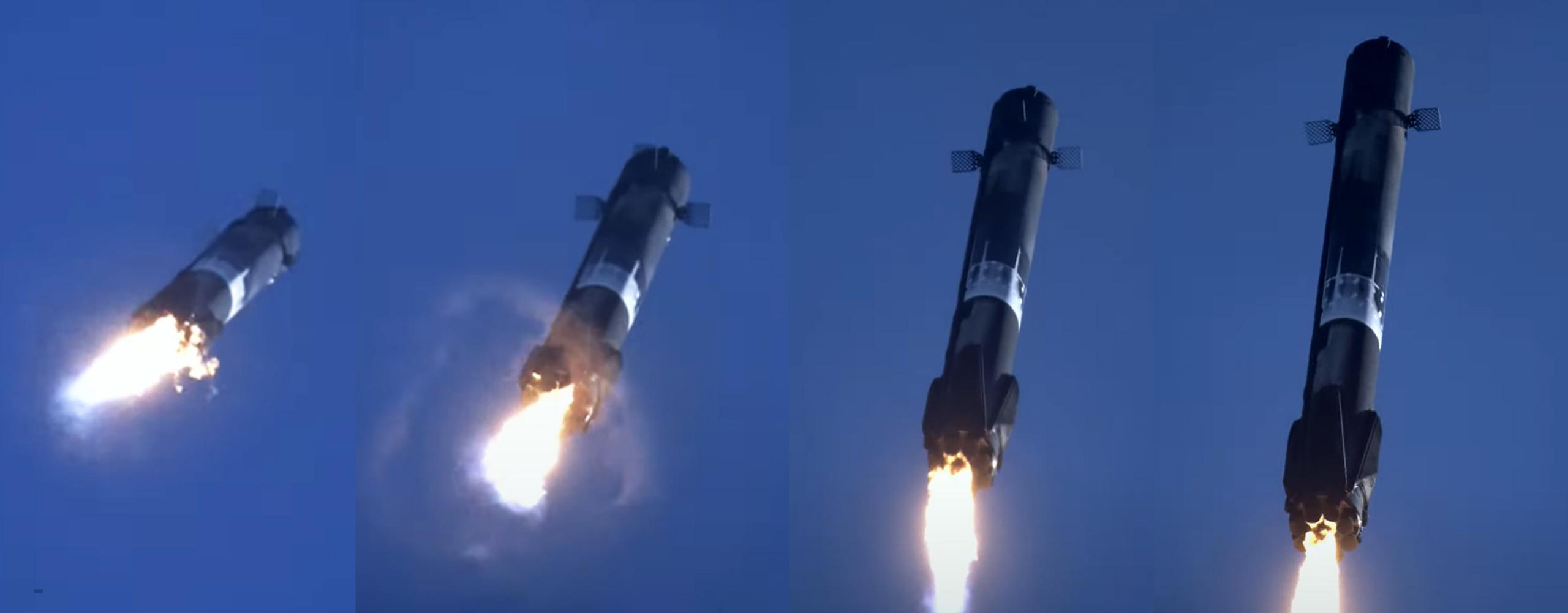Falcon 9 booster B1058 has successfully completed SpaceX’s Transporter-3 mission, acing its tenth orbital-class launch and landing in record time in the process.
The rocket lifted off as planned from Cape Canaveral Space Force Station (CCSFS) Launch Complex 40 (LC-40) at 10:25 am EST (15:25 UTC), Thursday, January 13th with 105 small satellites in tow, marking SpaceX’s third dedicated Smallsat Rideshare Program launch since January 2021. Beginning in 2022, the company aims to conduct three such rideshare launches annually, operating Falcon 9 a bit like an orbital bus service with the capacity for hundreds of small satellites from virtually any person, institution, or company on Earth – all for the unprecedentedly low price of approximately $5,000 per kilogram.
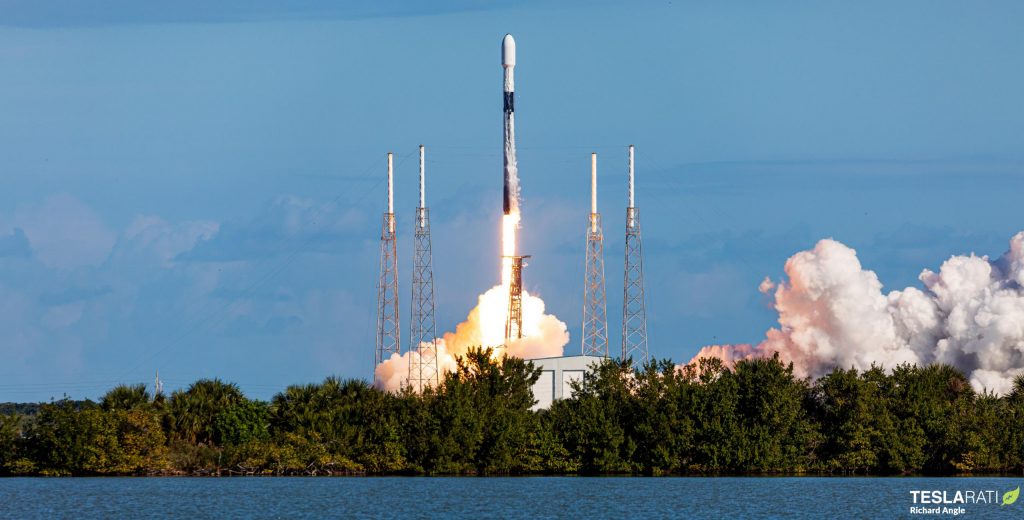
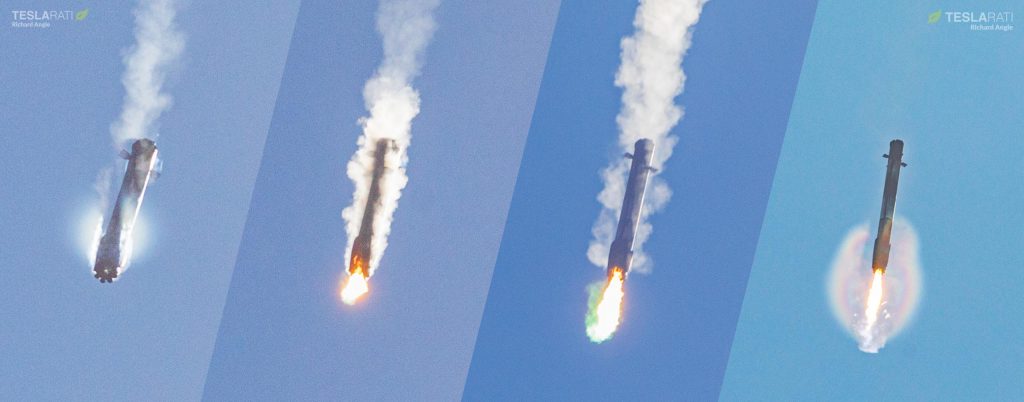
As such, it’s no surprise that SpaceX’s Smallsat Rideshare Program has received as much demand as it has. While relatively insignificant in the scope of the rest of the company’s substantial launch and services revenue, SpaceX has now safely delivered 323 small satellites to orbit for 100+ customers with just three dedicated Transporter missions. As an example, that means that in less than 12 months, SpaceX has launched about three times as many small satellites as dedicated small satellite launch company Rocket Lab has launched in the last four years. It’s no surprise, then, that Rocket Lab has already announced plans to develop a far larger, more reusable rocket after just 20 successful Electron launches.
Meanwhile, as dozens of other startups work on similar small rockets that aim to launch around 500-1500 kg to low Earth orbit (LEO), SpaceX – who began its existence developing the much smaller Falcon 1 rocket – almost immediately abandoned small rockets to focus on the much larger Falcon 9 and Falcon Heavy vehicles. Thanks to reusability, even a moderately loaded two-stage Falcon 9 with a flight-proven booster almost certainly costs SpaceX several times less per kilogram launched than a fully-loaded Falcon 1.
The booster that launched Transporter-3 is a perfect example. Depending on how one measures it, the launch likely cost SpaceX between $15M and $30M to deliver 105 satellites – likely weighing 3-4 tons total – to sun-synchronous orbit (SSO). SpaceX charges customers a fixed price of $1 million for a 200 kg (440 lb) slot on a Transporter mission, meaning that a 4-ton payload would theoretically net the company $20M. In comparison, in 2005, SpaceX was selling Falcon 1 – designed to launch 1 ton to LEO and ~400 kg to SSO – for the equivalent of around $8 million today. In other words, Falcon 1 customers would have paid about $20,000/kg versus $5,000/kg for a slot on a reusable Falcon 9.
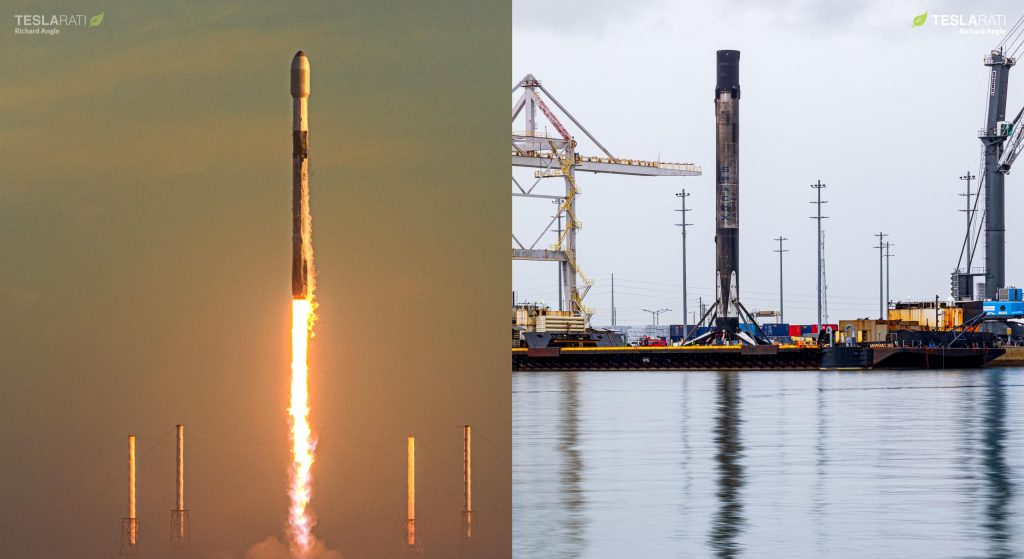
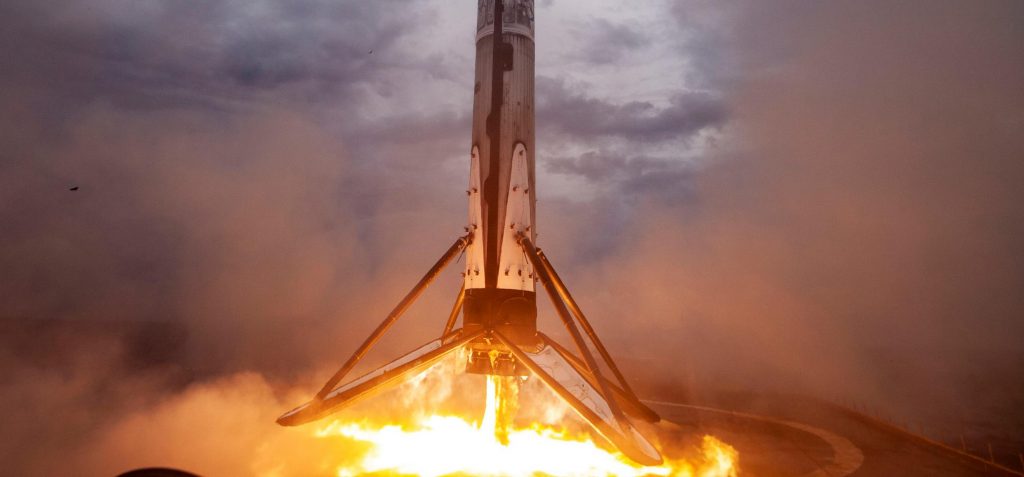
The kicker: Transporter-3 was Falcon 9 B1058’s tenth orbital-class launch in just 19 months, averaging one launch every 59 days. Technically, before a major downtick in SpaceX launch activity beginning in mid-2021, B1058 had actually managed eight launches in less than a year – one launch every ~45 days. Transporter-3 isn’t even its first dedicated rideshare mission – the same booster launched another 133 customer smallsats on Transporter-1 almost exactly a year ago. B1058 has also launched two astronauts, two Dragons, a South Korean geostationary communications satellite, and approximately 290 Starlink spacecraft, amounting to around 120 tons (~260,000 lb) of payload delivered to orbit in a year and half – roughly equivalent to an entire Saturn V launch to low Earth orbit for a tiny fraction of even the marginal cost of the giant Moon rocket.
SpaceX has plans for another two Transporter rideshare launches later this year. The company has as many as three more Falcon 9 launches scheduled for the second half of January, including Starlink 4-6 on January 17th and Italy’s CSG-2 Earth observation satellite on January 27th. Starlink 4-7 is expected to launch around the same time as CSG-2.

